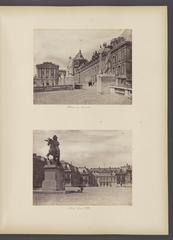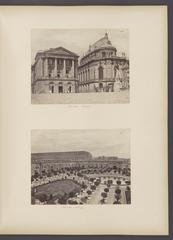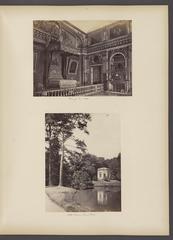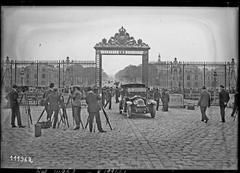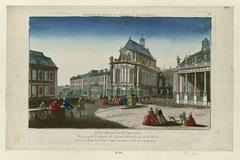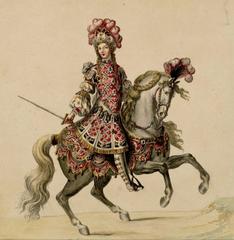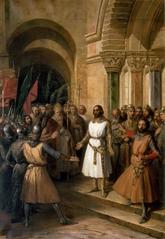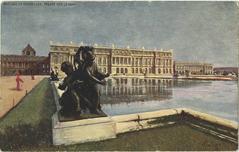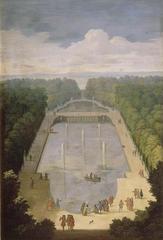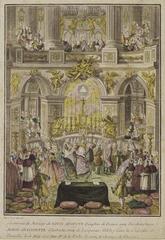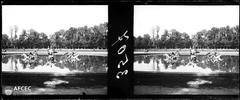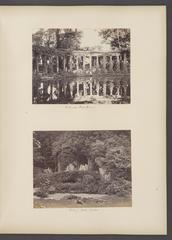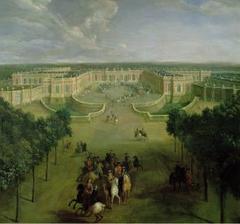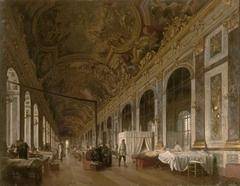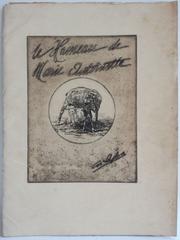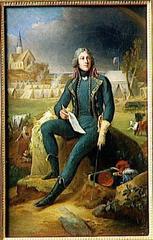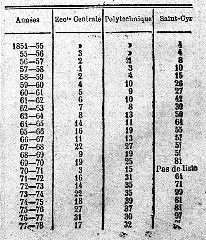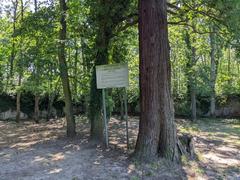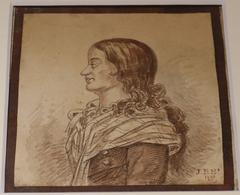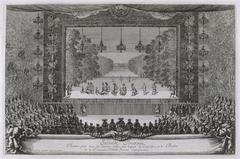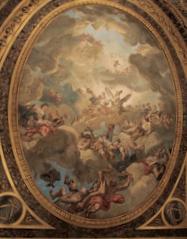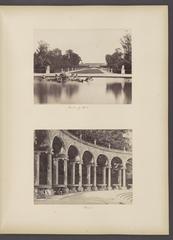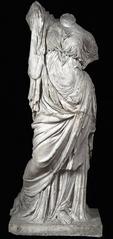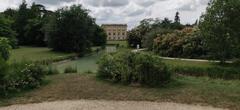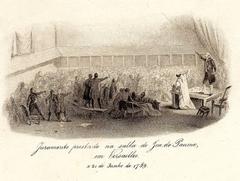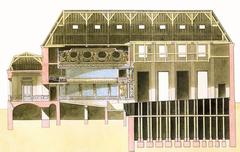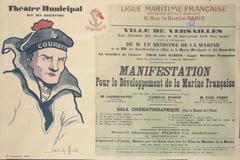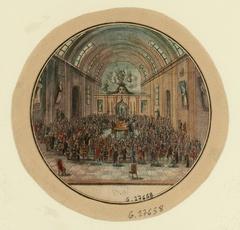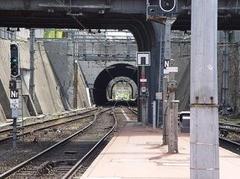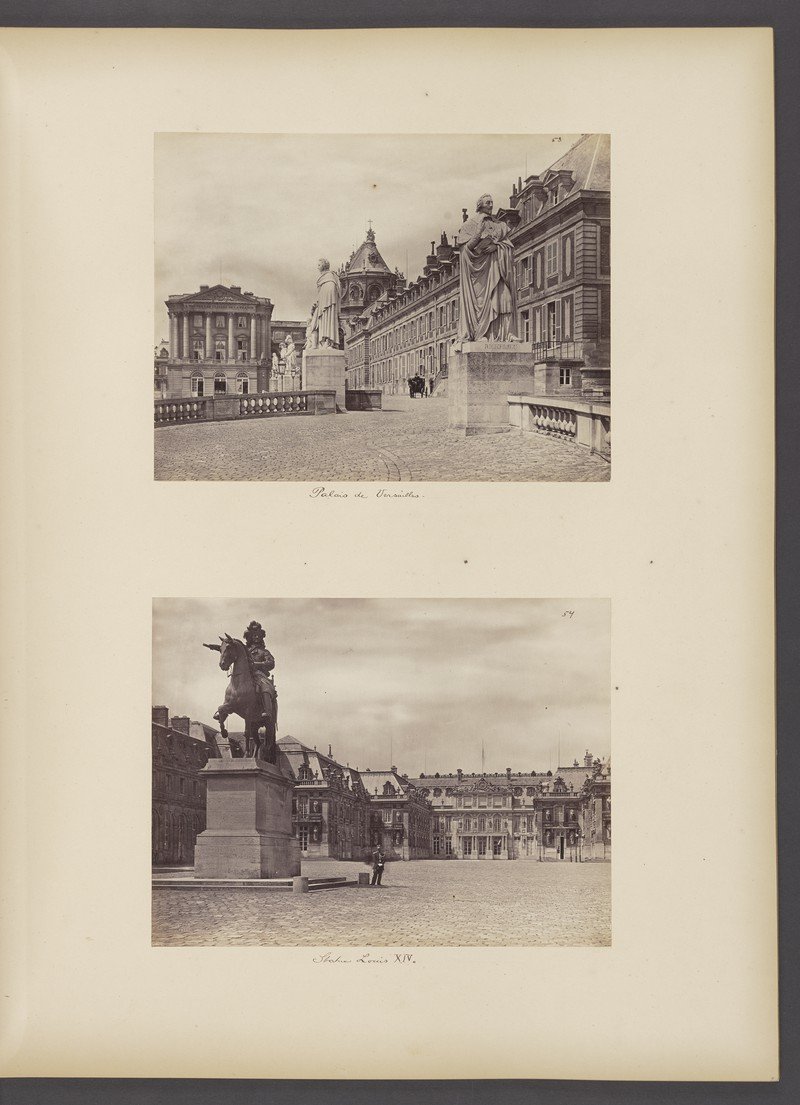
Comprehensive Guide to Visiting Château de Versailles, Versailles, France
Date: 16/07/2024
Introduction
The Château de Versailles is one of France’s most iconic historical landmarks, offering an unparalleled glimpse into the opulence of French royalty and statecraft. Located just 19 kilometers west of Paris, this grandiose palace is a testament to centuries of French history, culture, and architectural genius. Originally a modest hunting lodge built by Louis XIII in 1623, the site was transformed into a symbol of absolute monarchy by his son, Louis XIV, who moved the French court and government to Versailles in 1682. This move not only marked Versailles as the epicenter of French political power but also as a cultural hub where art, architecture, and gardens were used to project royal grandeur (Visit Paris Region, Château de Versailles). As a UNESCO World Heritage Site, the Palace of Versailles continues to draw millions of visitors each year, offering detailed tours of its lavish rooms, extensive gardens, and numerous historical exhibits. This guide aims to provide comprehensive information on the history, visitor tips, ticketing options, and must-see attractions of the Château de Versailles, ensuring that your visit is both informative and enjoyable (Salut from Paris, Tourist Secrets).
Table of Contents
- [Introduction](#introductionintroduction)
- [History of the Château de Versailles](#history-of-the-château-de-versailleshistory-of-the-château-de-versailles)
- [Origins and Early Development](#origins-and-early-developmentorigins-and-early-development)
- [Expansion Under Louis XIV](#expansion-under-louis-xivexpansion-under-louis-xiv)
- [Architectural Evolution](#architectural-evolutionarchitectural-evolution)
- [Role in Politics and Culture](#role-in-politics-and-culturerole-in-politics-and-culture)
- [The French Revolution and Aftermath](#the-french-revolution-and-aftermaththe-french-revolution-and-aftermath)
- [Modern Era and UNESCO World Heritage Status](#modern-era-and-unesco-world-heritage-statusmodern-era-and-unesco-world-heritage-status)
- [Visitor Information](#visitor-informationvisitor-information)
- [Visiting Hours](#visiting-hoursvisiting-hours)
- [Tickets](#ticketstickets)
- [Travel Tips](#travel-tipstravel-tips)
- [Nearby Attractions](#nearby-attractionsnearby-attractions)
- [Accessibility](#accessibilityaccessibility)
- [Guided Tours and Audio Guides](#guided-tours-and-audio-guidesguided-tours-and-audio-guides)
- [Photographic Spots](#photographic-spotsphotographic-spots)
- [Recent Developments and Events](#recent-developments-and-eventsrecent-developments-and-events)
- [FAQ](#faqfaq)
- [Conclusion](#conclusionconclusion)
History of the Château de Versailles
Origins and Early Development
The origins of the Château de Versailles date back to 1623 when King Louis XIII of France built a modest hunting lodge on a hill in a favorite hunting ground. This initial structure was relatively simple and unassuming, reflecting the king’s primary interest in hunting rather than grandeur. From 1631 to 1634, architect Philibert Le Roy replaced the lodge with a more substantial château for Louis XIII, laying the groundwork for what would become one of the most famous palaces in the world.
Expansion Under Louis XIV
The transformation of Versailles into a grand palace began under Louis XIV. Starting in 1661, the architect Louis Le Vau, landscape architect André Le Nôtre, and painter-decorator Charles Le Brun undertook a detailed renovation and expansion of the château. By 1682, the court was officially moved to Versailles, making it the de facto capital of France. The palace’s design reflected Louis XIV’s desire to centralize royal power and promote French art and culture.
Architectural Evolution
The architectural evolution of Versailles is a visual history of French architecture from the 1630s to the 1780s. The earliest portion, the corps de logis, was built for Louis XIII in the style of his reign with brick, marble, and slate. Further expansions were made by Jules Hardouin-Mansart in the 1680s, who used the Enveloppe as the model for his work. Neoclassical additions were made to the palace with the remodeling of the Ministers’ Wings in the 1770s by Ange-Jacques Gabriel.
Role in Politics and Culture
Versailles played a crucial role in Louis XIV’s politics, serving as an expression and concentration of French art and culture and as a center for the centralization of royal power. The palace hosted a series of nighttime festivals in its gardens, which were disseminated throughout Europe by print and engravings, promoting the king’s image. The palace also served as the official royal residence and the seat of government.
The French Revolution and Aftermath
The French Revolution had a profound impact on Versailles. In 1789, the royal family and the capital of France returned to Paris, and the palace was largely abandoned and emptied of its contents. During the 19th century, the palace underwent several changes. Napoleon used the Grand Trianon as a summer residence from 1810 to 1814. Following the Bourbon Restoration, meaningful repairs were made to the palace, and a museum of French history was installed within it.
Modern Era and UNESCO World Heritage Status
In 1979, the palace and park were designated a World Heritage Site by UNESCO for their importance as the center of power, art, and science in France during the 17th and 18th centuries. Today, the Palace of Versailles is managed by the Public Establishment of the Palace, Museum, and National Estate of Versailles, under the direction of the French Ministry of Culture. It attracts millions of visitors each year, making it one of the most popular tourist attractions in the world.
Visitor Information
Visiting Hours
The Palace of Versailles is open to the public every day except Monday and the May 1 holiday. The opening hours are typically from 9:00 AM to 6:30 PM, with the last admission at 5:00 PM. It’s advisable to check the official website for the most up-to-date visiting hours (Château de Versailles).
Tickets
Tickets for the Château de Versailles can be purchased online in advance. Options include palace-only tickets and the Passport, which provides access to the entire estate, including the Trianon palaces and the Marie-Antoinette Estate. Prices vary depending on the type of ticket and any special exhibitions or events (Château de Versailles).
Travel Tips
- Arrive Early: To avoid long lines, try to arrive early in the morning when the palace opens.
- Use Public Transport: The RER C train line connects Paris to Versailles, making it a convenient option for visitors.
- Wear Comfortable Shoes: The estate is vast, and you’ll be doing a lot of walking.
- Check for Special Events: The palace often hosts special events and temporary exhibitions, so it’s worth checking the official website before planning your visit.
Nearby Attractions
- Versailles Market: A bustling market offering local produce and goods, located near the palace.
- Grand Canal: Rent a rowboat and enjoy a leisurely paddle on the canal within the palace grounds.
- Petit Trianon: A smaller palace within the estate, known for its intimate gardens and historical significance.
Accessibility
The Palace of Versailles is committed to making its site accessible to all visitors. There are ramps and elevators available for those with mobility issues. Wheelchairs can also be borrowed from the visitor’s reception area. For specific accessibility needs, it’s best to contact the palace in advance (Château de Versailles).
Guided Tours and Audio Guides
Guided tours and audio guides are available to enhance the visitor experience, providing valuable insights into the history, architecture, and art of Versailles. These can be booked in advance or on the day of your visit (Château de Versailles).
Photographic Spots
- Hall of Mirrors: One of the most iconic rooms in the palace, perfect for capturing opulent reflections.
- Gardens of Versailles: The meticulously landscaped gardens offer numerous picturesque spots for photography.
- Royal Chapel: A stunning example of Baroque architecture, ideal for interior shots.
Recent Developments and Events
In recent years, Versailles has continued to play a role in French political and cultural life. In 2023, a state visit by Charles III to France included a state banquet at the Palace of Versailles. The palace continues to host significant cultural events, including exhibitions and performances, maintaining its status as a symbol of French heritage and culture (Château de Versailles).
FAQ
Q: What are the Château de Versailles visiting hours? A: The palace is open every day except Monday and the May 1 holiday, typically from 9:00 AM to 6:30 PM.
Q: How much do tickets to the Château de Versailles cost? A: Ticket prices vary depending on the type of ticket and any special exhibitions or events. It’s best to check the official website for the most current prices.
Q: Is the Château de Versailles accessible for visitors with disabilities? A: Yes, the palace has ramps, elevators, and wheelchairs available. It’s advisable to contact the palace in advance for specific accessibility needs.
Q: Are guided tours available at the Château de Versailles? A: Yes, guided tours and audio guides are available to enhance your visit.
Conclusion
The Château de Versailles stands as a monumental testament to French history, culture, and architectural excellence. From its origins as a simple hunting lodge to its transformation into a symbol of absolute monarchy under Louis XIV, Versailles encapsulates the grandeur of the French royalty and its influence on art, politics, and culture. The palace, along with its expansive gardens, the Trianon palaces, and the Queen’s Hamlet, offers visitors a rich and immersive experience into the opulent world of French nobility. Modern restoration efforts and ongoing cultural events continue to preserve and celebrate this historical treasure, ensuring its legacy for future generations. Whether you’re a history enthusiast, an architecture aficionado, or simply looking to explore one of France’s most significant landmarks, a visit to the Château de Versailles promises to be a memorable journey through time (Salut from Paris, European Traveler). Plan your visit today to experience the grandeur and historical significance of this iconic French monument.
References
- Visit Paris Region. (n.d.). Five tips for a stress-free visit to the Château de Versailles. source
- Château de Versailles. (n.d.). Discover the estate/palace. source
- Salut from Paris. (n.d.). Day trip to Versailles. source
- Tourist Secrets. (n.d.). The Palace of Versailles: A complete guide to visiting. source
- European Traveler. (n.d.). Tips on visiting the Musical Fountain Show at the Palace of Versailles. source
